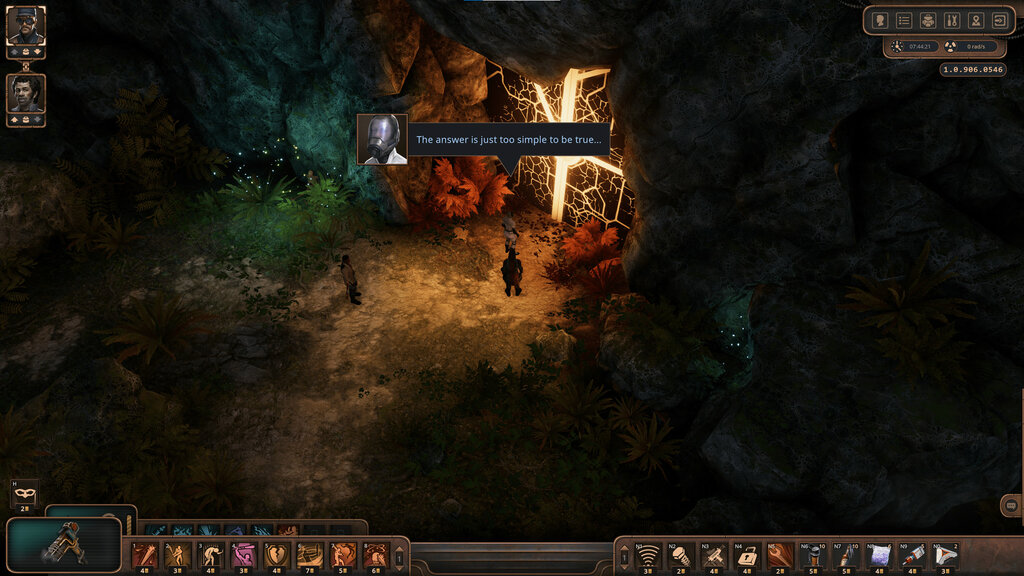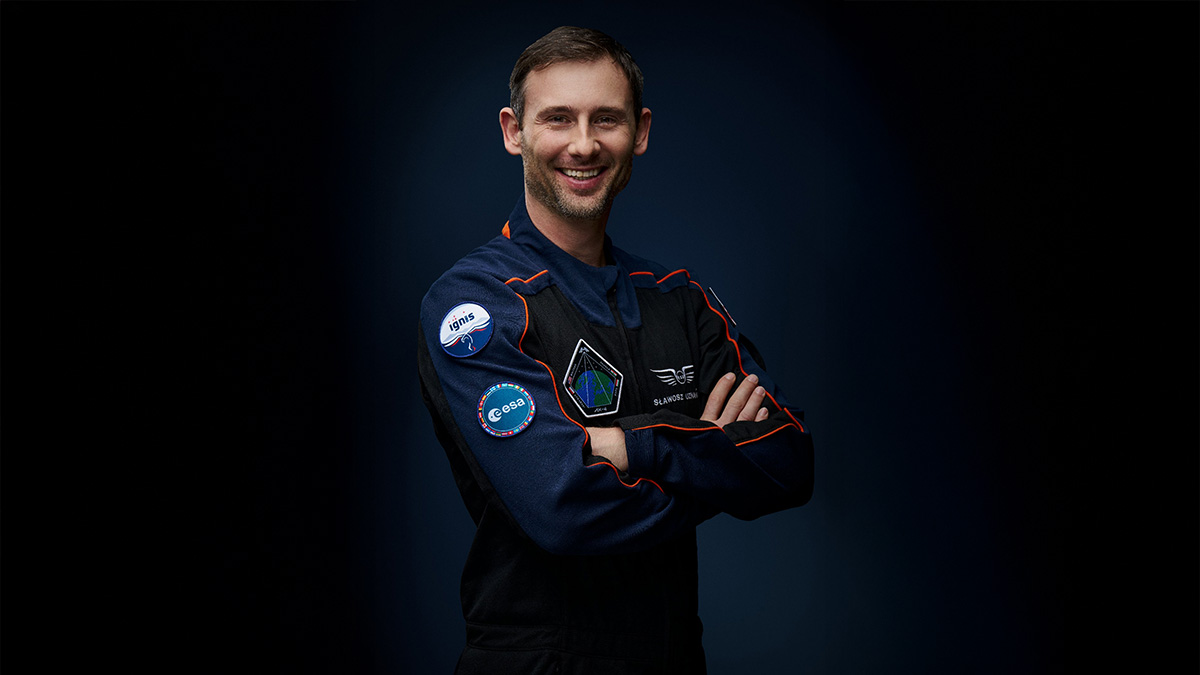Families and survivors of a notorious former mother and baby home in the west of Ireland are to visit the site on Tuesday ahead of its major excavation beginning on Monday. The full-scale excavation of the site of St Mary's mother and baby home in Tuam, County Galway will try to identify the remains of infants who died at the home between 1925 and 1961.
In 2014, research led by local historian Catherine Corless indicated that 796 babies and young children were buried in a sewage system at the County Galway institution across that time period. The St Mary's home for unmarried mothers and their children was run by the Bon Secours Sisters, a religious order of Catholic nuns.
State apology delivered in 2021
In 2021, Irish premier Micheal Martin delivered an apology on behalf of the state for the treatment of women and children who were housed in mother and baby homes across Ireland. The Bon Secours Sisters also offered a "profound apology" after acknowledging the order had "failed to protect the inherent dignity" of women and children in the Tuam home.
Speaking to the PA news agency on Monday, Corless said she found it "overwhelming" to see the excavation work proceed after her 10-year campaign. "There was no will to do anything for those babies except leave them there and put a monument over them," she said.
Historian's decade-long campaign concludes
"But this was a sewer system and I couldn't give up on them. They were all baptised, they deserve to be in consecrated ground," Corless added. She said it was a "huge relief" to be able to "let go and back off", after being faced with obstacles in her campaign from people she initially thought would be helpful.
"It is huge for me to know those babies are finally going to get the dignity they deserve - it is a wrong put right," she said. Anna Corrigan, who discovered that she had two older brothers who were born while her mother was a resident at the Tuam home, visited the site on Monday.
Families seek dignity for victims
Speaking to reporters, Corrigan said: "These children were denied every human right in their lifetime, as was their mothers. They were denied dignity - and they were denied dignity and respect in death." She added: "So I'm hoping that today maybe will be the start of hearing them because I think they've been crying for an awful long time to be heard."
The work at the burial site, which is being undertaken by the Office of the Director of Authorised Intervention Tuam (ODAIT), will involve exhumation, analysis, identification if possible and re-interment of the remains at the site. On Monday, ODAIT held a media briefing which gave members of the press access to the site.
Security measures protect site integrity
The site, surrounded by a 2.4 metre-high hoarding, is subject to security monitoring on a 24-hour basis to ensure the forensic integrity of the site during the excavation. The excavation is scheduled to begin on Monday and is anticipated to last two years.
Speaking to reporters, ODAIT leader Daniel MacSweeney said the family and survivor visit will be "the most important event of the week". He said: "We continue to work closely with the residents living close to the site to ensure minimum disruption is caused to them by the works."
International forensic standards applied
MacSweeney said the excavation will work to international best practices when it came to forensic standards. He said ODAIT was trying to restore dignity in death for the infants, adding that the remains would be reburied following consultation with families.
The work will involve a long, complex process of recovering all the remains within the site and then separating the "mixed up" skeletal specimens by sorting them by age and using processes to assess sex. This will allow for the individualisation of each set of remains and it is hoped that identification of some of those buried can take place with the assistance of DNA provided by families as well as other records.
Previous excavation revealed 20 chambers
MacSweeney said the Bon Secours Sisters had provided ODAIT with access to its archive material and it is hoped that this will also help the identification process. The team will also attempt to establish cause of death where possible.
Dr Niamh McCullagh, a forensic archaeologist with ODAIT said a 2016 "test excavation" discovered 20 chambers within a disused sewage tank that contained infant remains ranging from 35 foetal weeks up to three years old, from a period matching the operation of the institution between 1925-1961. Asked if it was possible that criminal cases may arise out of the work, McCullagh said ODAIT is obliged to notify the local coroner of any evidence of violent or unnatural deaths.
DNA samples assist identification efforts
McCullagh said it is difficult to estimate how long it will take to separate and complete the process of identification of the "commingled remains", as they are yet to establish the scale of the work ahead. The team also expects to find personal effects associated with the operation of the institution, having discovered items like shoes and feeding bottles in the 2016 dig.
However, the work will be complicated as excavators expect to uncover artefacts relating to previous uses of the site, including as a workhouse. Meanwhile, 14 people have provided DNA to ODAIT to assist with identification thus far.
Budget allocated for two-year project
Around 80 others have expressed interest in providing DNA samples to the team, including 30 who made contact in the last month. MacSweeney said he expects that more people will get in touch as the work proceeds.
The team has a 9.4 million euro budget for 2025, with further allocations yet to be finalised by the Department of Public Expenditure.
(PA) Note: This article has been edited with the help of Artificial Intelligence.









